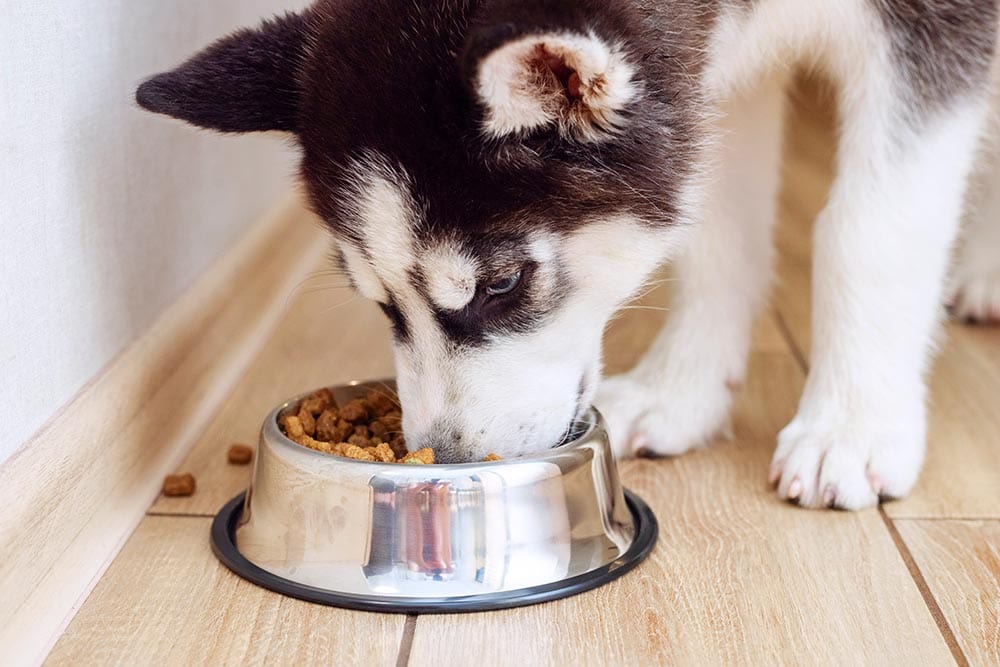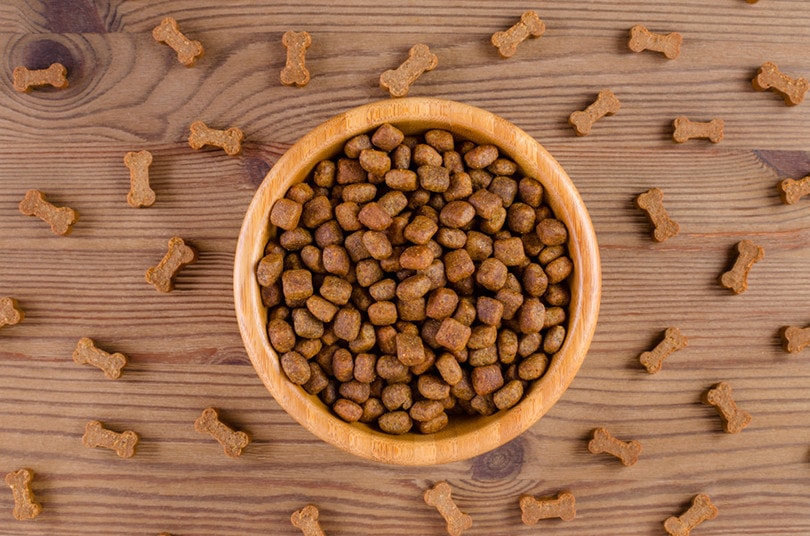8 Natural Home Remedies for Dry Skin on Dogs & Care Tips (Vet Reviewed)
Updated on
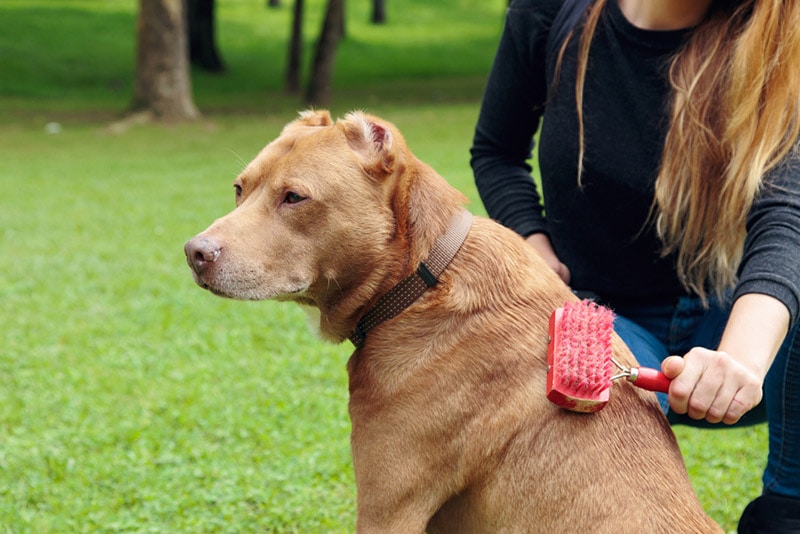
We all want the best for our pets, and the age of the internet has empowered us to learn more. While the intentions are admirable, sometimes Google can lead us astray. We recommend discussing your dog’s dry skin with your vet before trying any natural home remedies. It’s not that some may not work; however, it’s essential to rule out other conditions first.
Dry skin can mean many things, such as allergies, systemic health issues, poor diet, or external factors. It’s vital to find out what you’re dealing with to avoid complications like secondary bacterial infections that can worsen an existing skin problem. However, if you’re in the clear, try out some of these at-home remedies for your dog’s dry skin.
The 8 Natural Home Remedies for Dry Skin on Dogs
1. Regular Brushing or Combing
Grooming your pet regularly can keep your dog’s skin healthy by stimulating circulation and removing dead hair and debris that may irritate the skin. It’s also an excellent opportunity to examine your pup’s body to look for other signs of a more serious problem, such as redness, swelling, or wounds.
These secondary conditions may require a vet’s intervention to treat them.
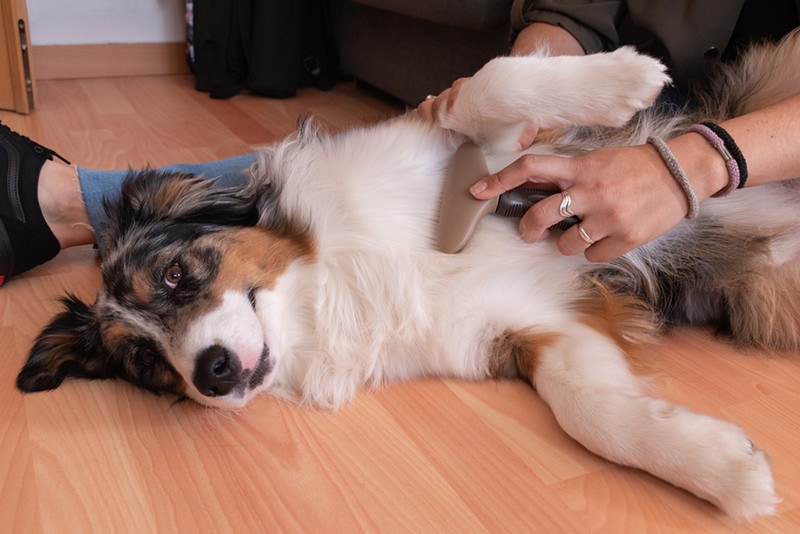
2. Dog-Safe Soothing Shampoos
Dogs have a way of finding trouble that can lead to skin conditions. Soothing shampoos can remove the debris that could be the problem’s trigger. We don’t recommend frequent bathing since it can worsen an existing issue by drying it out further. Gentle is the way to go.
Massaging your pup’s skin as you shampoo them can stimulate circulation. Besides, they’ll probably enjoy the extra attention from you.
3. Baking Soda
Baking soda should be a household staple because of all the things it can help you with, from cleaning to deodorizing to treating mild skin irritations. You can apply a mild solution of 1 quart of water with 4 tablespoons of baking soda to soothe your dog’s skin and make them more comfortable.
This remedy is only a temporary fix. If your pet’s skin isn’t improving, it’s time to see the vet.

4. Omega-3 Fatty Acids
Boosting your dog’s intake of omega-3 fatty acids can improve your pet’s skin and make it more supple. They also have anti-inflammatory properties that can help prevent further complications from dry skin. You can opt for a commercial diet that addresses these problems, which typically has higher amounts of these essential nutrients.
You can also ask your vet about a supplement to fulfill these dietary needs.
5. Epsom Salts
A short soak in an Epsom salt solution can help with occasional skin conditions. It’s an excellent way to relieve irritation on your dog’s paws. Environmental irritants from debris on sidewalks and roads can get wedged between your pup’s pads and cause discomfort.
You can also allow your pet to bathe in a mild solution. Just make sure your dog doesn’t drink the water.

6. Colloidal Oatmeal Baths
Colloidal oatmeal baths can provide much-needed relief for your dog from the irritation and discomfort of dry skin. You can buy a commercial shampoo or make your own. Allow the lather to stay in contact with your pet’s skin for 5–10 minutes for optimal results.
Oatmeal is non-toxic and can stem itching that can lead to secondary bacterial infections, making it a cure and preventive.
7. Humidifier
Pets can get dry skin from environmental conditions that are too low in relative humidity. You probably notice your skin getting itchy or your fingers cracking during the winter. The same thing can happen to your dog. A humidifier can do wonders to keep both of you more comfortable and help you save on heating bills.

8. Complete and Balanced Diet
Many skin problems occur when an animal is deficient in essential nutrients. A healthy diet is the basis of good health. We recommend feeding your dog a “complete and balanced” diet, which means it has adequate amounts of what your dog needs in the proper proportions.
For adults, that means a minimum of 18% protein and 5.5% fat.
When to Call the Vet
If you notice advanced signs of a skin condition, such as bleeding or redness, bypass the home remedies and contact your vet. If you see your dog licking their paws or chewing their skin, it could be a sign of a food allergy. The treatment typically involves an elimination diet to pinpoint the irritant.
Likewise, hair loss is another red flag that may indicate a thyroid issue.
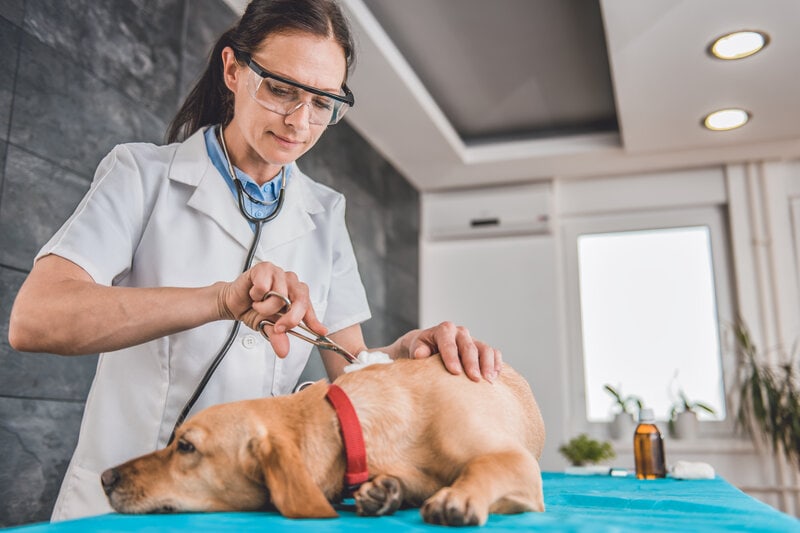
Conclusion
Dry skin is an irritating condition that can make your pup’s life miserable, especially if it makes their skin itchy. Scratching can complicate matters. Regular grooming is the best advice we can give you since it allows you to stay on top of your dog’s skin health.
Even though some natural remedies are effective, it’s vital not to skip the vet visit if things don’t improve. A delay in treatment often leads to worsening issues.
Featured Image Credit: Helen Sushitskaya, Shutterstock




